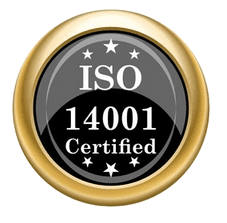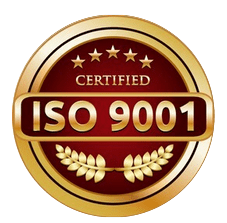Global high-mix volume high-speed Shenzhen PCBA manufacturer
JS@pcbasic.com
Ru
Help Center
Service hotlines
+86-755-27218592
9:00 -18:00, Mon. - Fri. (GMT+8)
9:00 -12:00, Sat. (GMT+8)
(Except Chinese public holidays)


